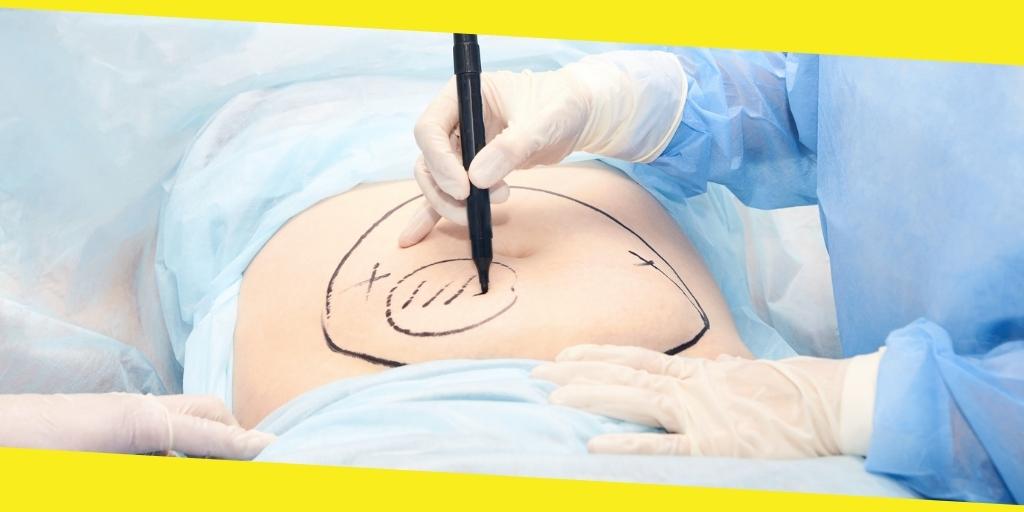A hysterectomy is a surgical procedure to remove the uterus. This procedure is delicate and complex because it involves dealing with the female reproductive system responsible for fertility. It would help if you discussed with your doctor your options to develop an appropriate approach to eliminate your concerns and enhance the achievement of desired outcomes. The most common reason patients seek this New York gynecologic surgery is the presence of specific medical conditions like abnormal menstrual flow and uterine prolapse. You should expect to recover about a month after surgery, depending on the type of hysterectomy.

What is a hysterectomy?
A hysterectomy is a procedure targeting a woman’s reproductive system. The process may involve the removal of the uterus, ovary, or cervix. Physicians implement this procedure’s individualization depending on the patient’s concerns and what they hope to achieve.
What are the parts involved during a hysterectomy?
The uterus is the part where a baby grows during pregnancy. Removing the tissues and organs of the uterus interferes with a woman’s ability to get pregnant. The parts involved during a hysterectomy include fallopian tubes, ovaries, uterus, and cervix.
What are the different kinds of hysterectomies?
There are various hysterectomy approaches physicians take depending on a patient’s symptoms. For this reason, booking a consultation with your primary care provider to inform them of your concerns and undergo a clinical assessment to confirm a diagnosis is essential. Afterward, your doctor will develop a suitable treatment plan involving a hysterectomy. The following are the most common types of hysterectomies doctors recommend to patients:
- Total hysterectomy: This procedure involves removing everything, including the uterus and cervix but retaining the ovaries.
- Supracervical hysterectomy: This type only deals with removing the upper part of the uterus. A patient will remain with their cervix.
- Total hysterectomy with bilateral salpingo-oophorectomy: Total hysterectomy is uterus and cervix removal. Salpingectomy deals with fallopian tube removal, while oophorectomy involves removal of the ovaries, which initiates menopausal symptoms.
- Radical hysterectomy with bilateral salpingo-oophorectomy: This procedure not only invokes the removal of the uterus, cervix, fallopian tubes, and uterus but also involves removing the top part of the vagina. This treatment is vital for women with reproductive cancers.

Why do patients undergo hysterectomy?
There are various reasons patients seek hysterectomy. The most common conditions that the treatment enhances include:
- Uterine prolapse: A dropped uterus into the vagina canal due to weakened support muscles.
- Pain during menstruation
- Abnormal menstrual bleeding
- Uterine fibroids: Benign tumors
- Urinary incontinence
- Pelvic pain
What happens during a hysterectomy?
What you should expect during a hysterectomy depends on the type of approach your doctor implements. Most physicians hook patients in monitors throughout the treatment to monitor vital signs like heart rate. Intravenous routes are efficient delivery systems for medications and fluids. Your doctor will deliver anesthesia generally or regionally, depending on the procedure you are undergoing. Talk to your doctor about your goals to ensure they develop an appropriate approach depending on your preferences. Contact Park Avenue Urogynecology if you have questions about hysterectomies to determine their efficacy in eliminating your reproductive concerns.